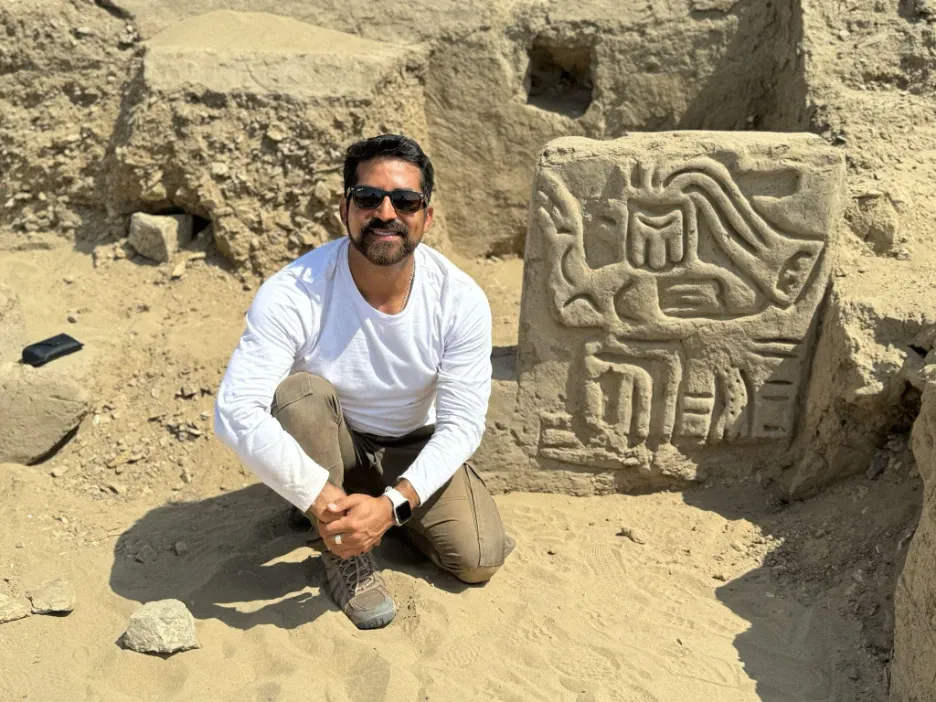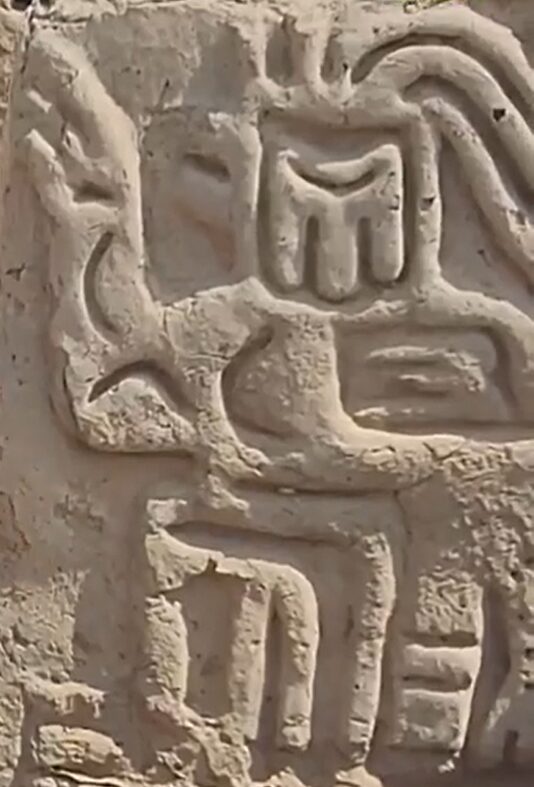The newly-discovered structures predate the famous Inca citadel of Machu Picchu by roughly 3,500 years and were made long before the Inca and their predecessors. This remarkable find was made by a team of archaeologists with the Ucupe Cultural Landscape Archaeological Project. Dr. Muro Ynoñán, an archaeologist at the Field Museum, expressed his amazement: “This discovery tells us about the early origins of religion in Peru.”
Unearthing Ancient Belief Systems

“We still know very little about how and under which circumstances complex belief systems emerged in the Andes,” Dr. Ynoñán explained. “Now we have evidence about some of the earliest religious spaces that people were creating in this part of the world.” The identities of the people who built these structures remain a mystery. “We don’t know what these people called themselves, or how other people referred to them.”
Discovery at La Otra Banda
In 2023, Dr. Ynoñán and his team discovered the new archaeological site at La Otra Banda in Peru. They selected a plot roughly 10 by 10 meters (33 by 33 feet) and began slowly removing the sediment that had piled up over the millennia. Just 1.8 meters (6 feet) deep, they found signs of ancient walls made of mud and clay. “It was so surprising that these very ancient structures were so close to the modern surface,” Dr. Ynoñán said.
Evidence of an Ancient Temple

As they dug deeper, the archaeologists found evidence that the site once housed a temple. “We think that a large temple was built into the side of the mountain, and we’ve found one section of it,” Dr. Ynoñán noted. Among the most exciting discoveries was a small theater, complete with a backstage area and a staircase leading to a stage-like platform. “This could have been used for ritual performances in front of a selected audience.”
Intriguing Mythological Designs
Flanking one of the theater’s staircases, the archaeologists found mud panels decorated with elaborate carved designs depicting a bird-like creature. “It’s a very beautiful and, at the same time, intriguing design of a mythological creature — it’s like an anthropomorphic bird, but with some reptilian features,” Dr. Ynoñán described. This figure stood out because it provided important clues about when the temple was built and how it relates to other ancient temples in the Andes.

Connecting to the Initial Period
Other images of mythological creatures similar to the one found by Dr. Ynoñán’s team have been found in Peru, dating to what archaeologists call the Initial Period, roughly 4,000 years ago. Despite its name, the Initial Period was not the first time people inhabited the region. “People have lived in Peru for 15,000 years,” Dr. Ynoñán explained. “Around 5000-3000 BCE, during the Preceramic Period, people in coastal Peru began creating societies and complex political systems. The Initial Period came next, starting around 2000 BCE and lasting until 900 BCE.”
Significance of the Initial Period
The Initial Period is crucial because it marks the first evidence of institutionalized religion in Peru. “The bird creature at this temple resembles a figure known from the Chavín region, nearly 500 years later. This new site could help reveal the origins of this religion,” Dr. Ynoñán said. This discovery opens new avenues for understanding the early development of religious practices in ancient Peru, shedding light on the rich cultural and spiritual heritage of the region.
